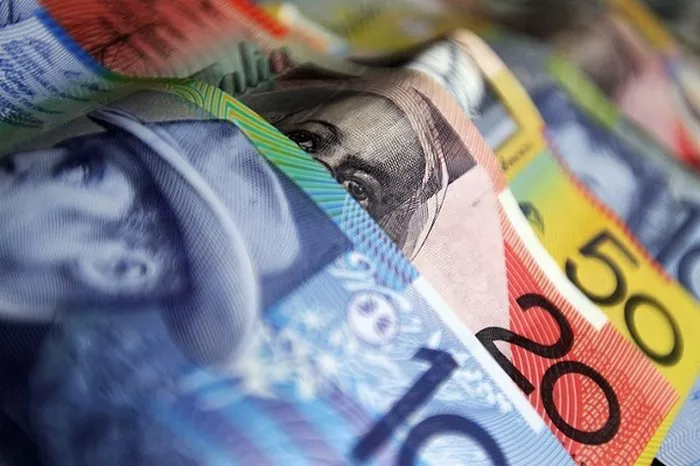The Australian dollar (AUD) stands as a symbol of economic stability and prosperity in the Southern Hemisphere. As the official currency of the Commonwealth of Australia, its widespread use is a testament to the nation’s robust economic fundamentals and global integration. In this article, we delve into the reasons why Australians use the dollar, exploring historical factors, economic stability, international trade dynamics, and the role of government policies in shaping the destiny of this resilient currency.
Historical Context:
Australia’s journey to adopting a national currency dates back to the colonial era when various currencies, including the British pound, Spanish dollars, and even rum, circulated concurrently. The need for a unified currency gained momentum in the early 20th century, eventually culminating in the establishment of the Commonwealth Bank of Australia in 1911. The first series of Australian pound banknotes were issued in 1913, marking a significant step towards financial autonomy.
However, it wasn’t until February 14, 1966, that Australia officially transitioned to decimal currency, replacing the Australian pound with the Australian dollar. The decision to introduce a decimalized system was driven by the desire for a modern and more straightforward currency that would align with the international trend at the time. The new currency was well-received, and its stability laid the foundation for its enduring popularity.
Economic Stability and Fiscal Responsibility:
One of the primary reasons Australians continue to use the dollar is the country’s remarkable economic stability. Australia has weathered global economic storms, including the 2008 financial crisis, better than many other developed nations. The nation’s resilience stems from prudent economic policies, sound financial institutions, and a well-regulated banking sector.
The Reserve Bank of Australia (RBA) plays a pivotal role in maintaining economic stability. Through monetary policy, the RBA manages inflation, interest rates, and overall economic growth. The bank’s commitment to maintaining price stability and full employment has contributed to the sustained confidence in the Australian dollar. Investors and businesses alike appreciate the predictability and reliability of the currency, fostering its continued use in domestic and international transactions.
International Trade Dynamics:
Australia’s strong ties to the global economy further amplify the use of the Australian dollar. As a leading exporter of commodities, including iron ore, coal, and natural gas, Australia engages in extensive international trade. The denomination of trade transactions in Australian dollars streamlines the process for both domestic and international stakeholders.
The Australian dollar’s role as a global commodity currency is especially significant. Many international commodities, such as gold and silver, are priced in Australian dollars. This means that fluctuations in the value of the Australian dollar have a direct impact on the prices of these commodities in global markets. The stability and reliability of the Australian dollar contribute to its acceptance and use in international trade, reinforcing its status as a preferred currency for transactions.
Government Policies and Currency Management:
Government policies also play a crucial role in shaping the usage of the Australian dollar. The Australian government, through the Department of the Treasury, formulates policies that influence the exchange rate, inflation, and overall economic health. The government’s commitment to maintaining a flexible exchange rate regime allows the Australian dollar to adjust to market forces, promoting stability and competitiveness in the global market.
Additionally, the government’s efforts to combat inflation and manage fiscal policy contribute to the overall strength of the Australian dollar. In times of economic uncertainty, the government’s ability to implement effective policies enhances confidence in the currency, making it an attractive medium of exchange for businesses and consumers alike.
Tourism and Foreign Investment:
Australia’s vibrant tourism sector and appeal as a destination for foreign investment further fuel the use of the Australian dollar. The currency’s widespread acceptance facilitates seamless transactions for tourists, making it convenient for them to explore the country. Furthermore, foreign investors find the Australian dollar an attractive currency for investment due to its stability and the nation’s strong economic fundamentals.
See Also Is it Cheaper to Buy Australian Dollars in Australia?
Conclusion:
The use of the Australian dollar is deeply embedded in the nation’s history, economic stability, and global integration. From the days of multiple circulating currencies to the establishment of the decimalized system, the Australian dollar has evolved into a symbol of resilience and reliability. The commitment of the Australian government and financial institutions, coupled with the country’s active participation in international trade, ensures the continued prominence of the Australian dollar on the global stage. As Australia navigates the complexities of the 21st century, its currency stands as a testament to the nation’s economic prowess and commitment to financial stability.


